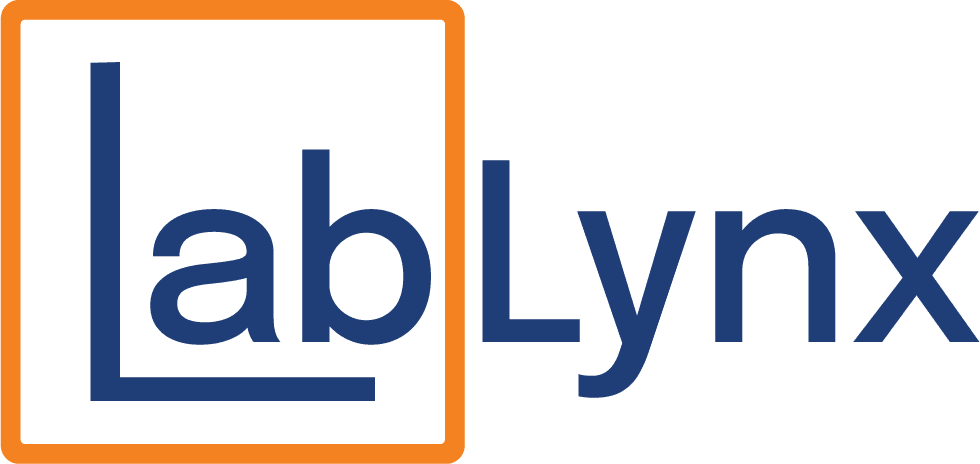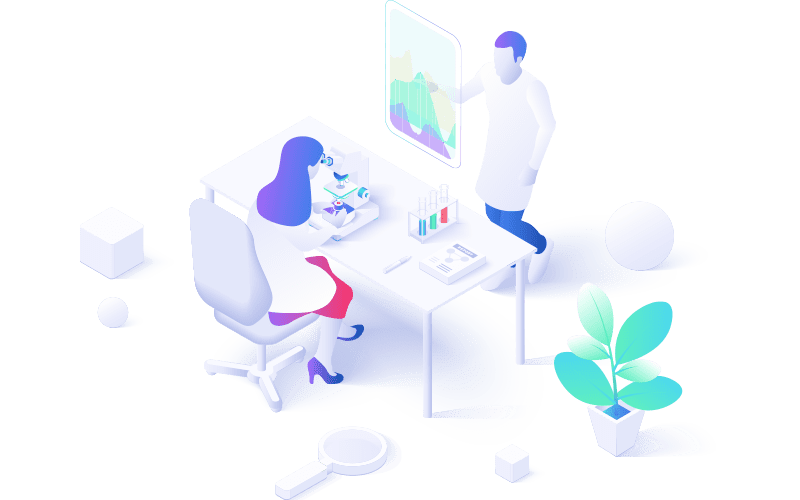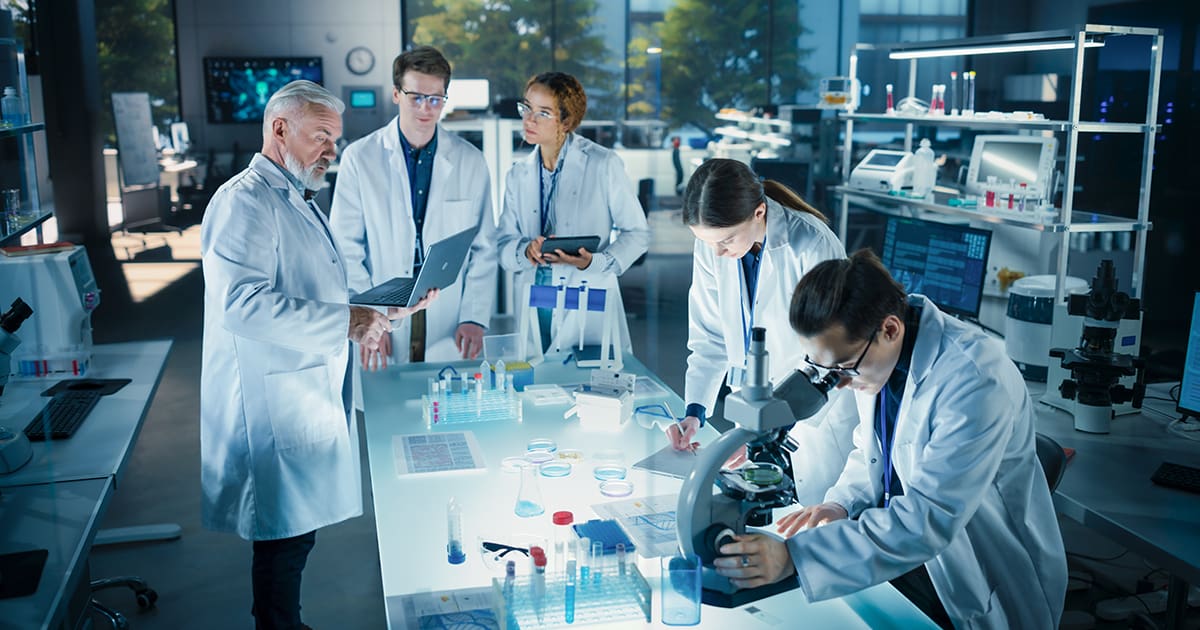
In highly regulated industries, trust in scientific data is non-negotiable. Whether it’s a pharmaceutical company submitting results to the FDA or a chemical manufacturer preparing safety studies for regulatory review, data must be credible, reproducible, and traceable. That’s why Good Laboratory Practice (GLP) exists—establishing a global standard for the quality and integrity of non-clinical laboratory studies.
For laboratories involved in safety, toxicology, or product development research, GLP compliance is critical. More than a regulatory obligation, it’s a culture of accountability, precision, and quality that guides every phase of a study. In this article, we’ll explore what GLP is, what compliance looks like, how to achieve it, and how LabLynx laboratory software empowers organizations to implement and maintain Good Laboratory Practice with confidence.
What Is Good Laboratory Practice (GLP)?
GLP (Good Laboratory Practice) is a set of principles intended to ensure the quality and integrity of non-clinical laboratory studies. Originally developed by the OECD and adopted by regulatory agencies like the FDA, EPA, and EMA, GLP governs how laboratories plan, perform, monitor, record, and report studies that are submitted for regulatory approval.
GLP applies to laboratories conducting safety studies on chemicals, pharmaceuticals, medical devices, food additives, pesticides, and more. It defines strict expectations for everything from study planning and personnel responsibilities to facility design, equipment calibration, data handling, and final reporting.
What GLP Compliance Looks Like in the Laboratory
GLP compliance transforms a lab’s approach to documentation, accountability, and quality assurance. It provides a comprehensive framework that touches every part of the laboratory environment, ensuring that scientific studies can withstand regulatory scrutiny. Here’s what it looks like in practice:
Study Planning and Protocols: Every study must begin with a clearly defined protocol approved by a Study Director. The protocol outlines objectives, methods, responsibilities, and quality assurance procedures. Any deviations from the protocol must be documented and justified.
Personnel Roles and Training: All individuals involved in a GLP-compliant study must be qualified for their roles and receive documented training. Defined responsibilities and an organizational chart are required to maintain accountability across the study team.
Standard Operating Procedures (SOPs): SOPs govern every critical operation—from sample handling to equipment calibration to data analysis. These written procedures must be maintained, regularly reviewed, and strictly followed.
Data Recording and Archiving: All observations must be recorded promptly, accurately, and in a traceable manner. Raw data, worksheets, and electronic files must be archived in a secure and accessible way for future audits and inspections.
Equipment Maintenance and Calibration: All equipment used in the study must be properly maintained, calibrated, and documented to ensure accurate measurements and results.
Quality Assurance Unit (QAU): An independent Quality Assurance Unit is responsible for inspecting study activities, reviewing final reports, and verifying that procedures were followed. The QAU must be separate from study conduct to preserve objectivity.
Key Elements of GLP
- Study Protocols: Detailed instructions and objectives governing the study design and execution.
- Personnel Qualification: Documented training and defined responsibilities for all roles.
- SOPs: Standardized procedures to ensure repeatability and control.
- Data Integrity: Accurate, contemporaneous, and traceable documentation of all study activities.
- Equipment Validation: Calibration and maintenance records for all critical instruments.
- Quality Assurance Oversight: Independent audits and reviews to verify GLP compliance.
- Secure Archiving: Long-term, organized storage of study records and raw data.
How to Achieve GLP Compliance in Your Lab
- Understand the Regulations: Review applicable GLP guidelines from the FDA, EPA, or OECD, depending on your industry and location.
- Appoint a Study Director and Quality Assurance Unit: Assign personnel with clear roles and responsibilities for study oversight and review.
- Develop and Document SOPs: Create detailed, written procedures for all core laboratory functions and train staff accordingly.
- Implement a Data Management Strategy: Establish secure systems for recording, storing, and retrieving study data with full traceability.
- Validate Equipment and Software: Regularly calibrate instruments and validate any software (such as LIMS) that manages regulated data.
- Conduct Internal Audits: Monitor compliance through periodic inspections and promptly address any deviations or findings.
- Maintain Documentation: Archive protocols, raw data, reports, training records, and audit logs according to regulatory timelines.
Common Challenges in GLP Compliance
- Inconsistent Documentation: Missing or incomplete records can undermine the credibility of an entire study.
- Lack of Training: Employees unaware of GLP expectations may unintentionally violate procedures or omit critical information.
- Unvalidated Systems: Using unverified software for data management can compromise compliance and lead to audit failures.
- Poor SOP Enforcement: SOPs are only effective if they’re followed. Lapses in adherence can result in findings or regulatory rejection.
- Weak QA Oversight: Without an active, independent QA unit, issues may go unnoticed until it’s too late.
How LabLynx Supports GLP Compliance
LabLynx provides laboratory software specifically designed to support GLP compliance. Our LIMS platform enables laboratories to create and manage structured workflows, maintain data integrity, enforce SOPs, and streamline study documentation—helping labs meet the most stringent regulatory requirements.
- Protocol and Workflow Management: Design, execute, and track study protocols and lab procedures using customizable workflows.
- Audit Trails and Traceability: Automatically log every action with time stamps, user IDs, and context to support complete traceability.
- Role-Based Access Controls: Secure your data with tiered user permissions and personalized access rights.
- SOP Integration: Embed SOPs into the system to ensure consistency and standardization across all users and processes.
- Equipment and Calibration Tracking: Schedule and document equipment maintenance, calibration, and validations within the platform.
- Data Archiving: Secure long-term storage of all records, raw data, reports, and metadata with structured retrieval capabilities.
- Validation Support: LabLynx can help with validation documentation, ensuring your system meets GLP and other regulatory standards.
Build a Culture of Quality with LabLynx
GLP is more than a checklist—it’s a system of values that elevates the credibility, safety, and reproducibility of scientific research. Whether your lab supports preclinical studies, environmental testing, or chemical development, LabLynx gives you the tools to implement and sustain GLP from the ground up.
With LabLynx, your laboratory is equipped to meet compliance requirements, pass audits with confidence, and deliver results that regulators can trust.
Ready to Elevate Your Lab’s Compliance Framework?
Request a demo or speak with a compliance expert today to learn how LabLynx can help your lab operate under the principles of Good Laboratory Practice.
Accelerate Your Lab's Success & Experience LabLynx
"*" indicates required fields
Explore the LabLynx Suites
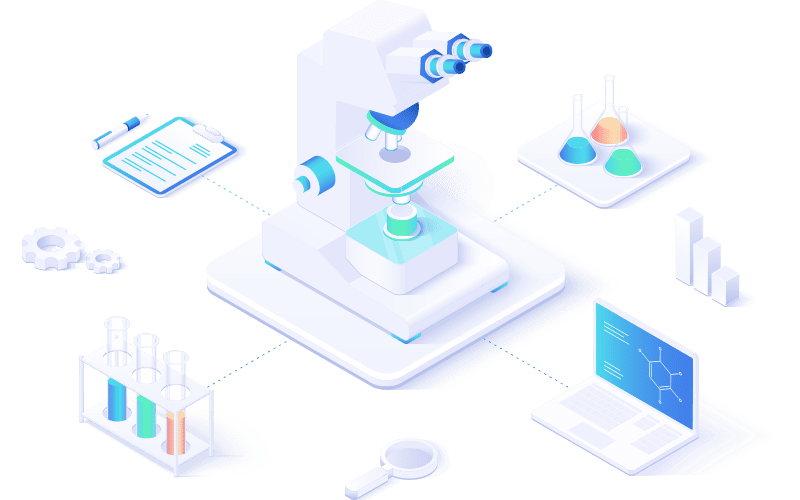
LIMS Suite
Seamless Sample and Workflow Management
The LabLynx LIMS Suite empowers laboratories with the tools needed to manage samples, workflows, compliance, and more in one centralized system. It’s the backbone for labs seeking efficient, reliable, and scalable management solutions.
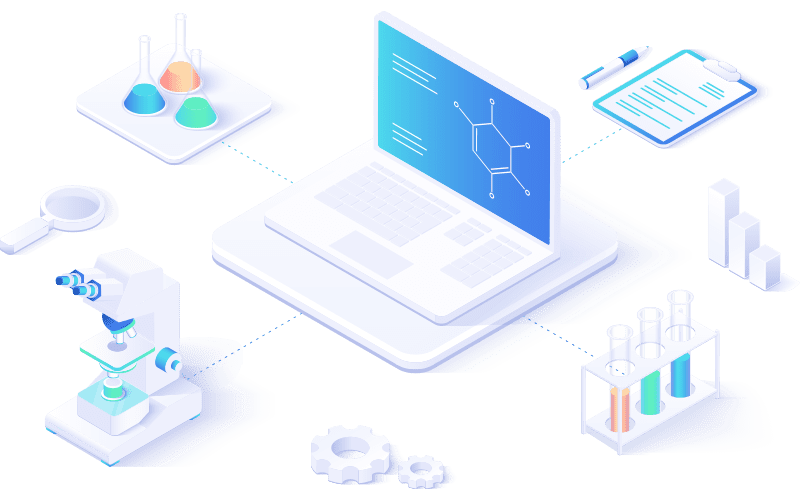
ELN Suite
The LabLynx ELN Suite offers a modern approach to managing lab data and experiments. With its secure, intuitive platform, your team can record, store, and collaborate effortlessly, supporting innovation every step of the way.
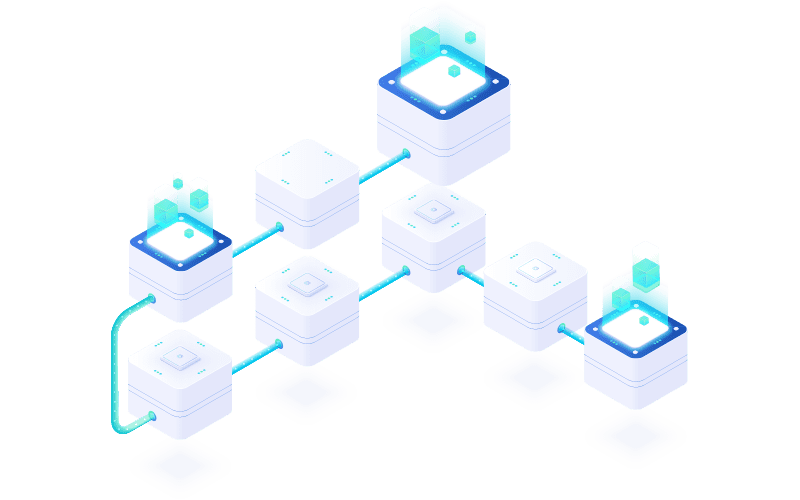
Lab Automation
Automate for Efficiency and Growth
Streamline operations and boost productivity with the LabLynx Lab Automation Suite. Designed for labs ready to embrace advanced automation, this suite integrates systems, instruments, and workflows to deliver efficiency at scale.
